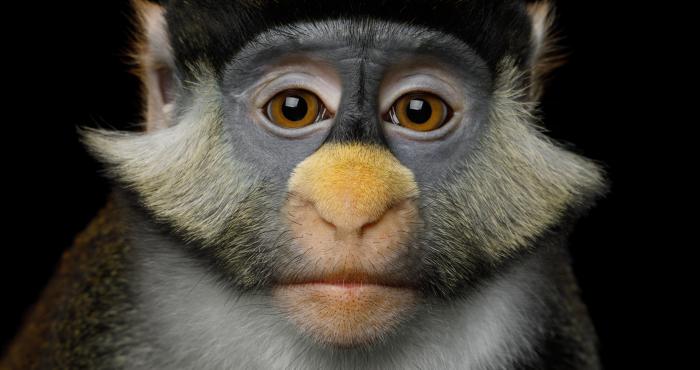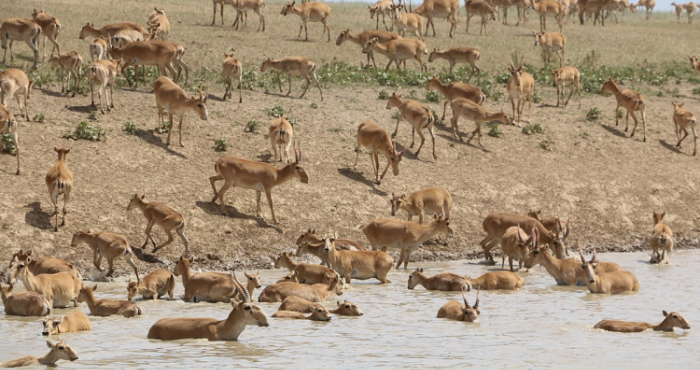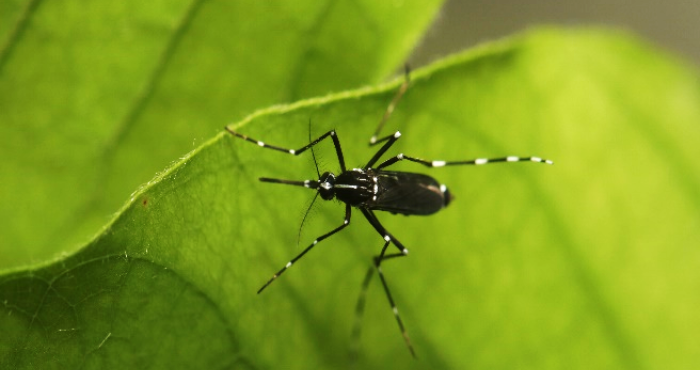
Bats
Bats are an important indicator for ecosystem health. LifeWatch wants to expand our knowledge on migrating bats along the Belgian coast and overseas, as well as capturing the presence of bat species year-round.
Why do we study bats
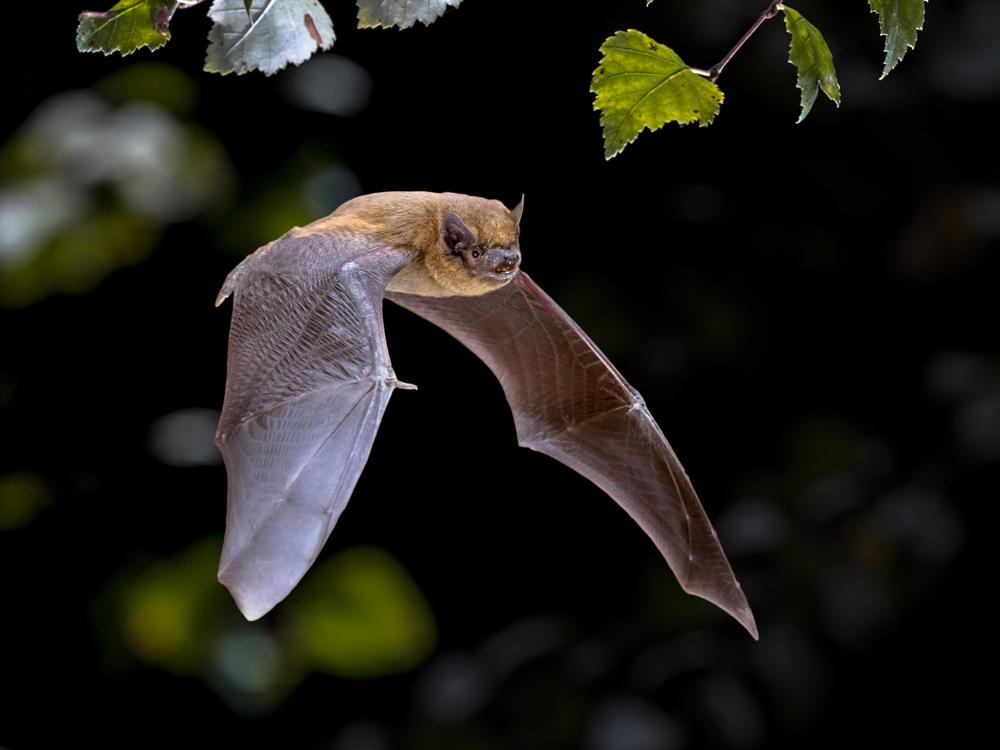
Bats are an important indicator species for the wellbeing and functioning of the ecosystem. Changes in bat population are linked to an alteration in biodiversity. They are vulnerable to multiple pressures (e.g. habitat loss, pollution, disease, light pollution,…). Consequently, it is important to study the year-round presence of bat species along the Belgian coast. All bat species present are targeted and are captured whilst vocalizing. Bats produce echolocation calls to forage and get information about their environment.
The bat species Nathusius’ pipistrelle (Pipistrellus nathusii), parti-coloured bat (Vespertilio murinus) and common noctule (Nyctalus noctula) undertake seasonal migrations. However, the number of bats embarking on this journey and their specific migration ecology remain unclear. While some bats follow the coastline, others fly overseas. In addition, these migrations can be influenced by weather conditions. Questions on these movement patterns can be answered by long term data series of these fixed measuring stations.
What we do in LifeWatch
Within LifeWatch we monitor the presence of bats along the Belgian coast on a long term basis by passively listening to their echolocation calls. Acoustic monitoring is a powerful technique for learning about the ecology of bats. Bat recorders provide continuous registration of bat activity by recording the echolocation calls of passing bats. Since the bat calls are highly reliable taxonomic features, the acquired data can be used to estimate diversity and relative abundance of the occurring species. The generated data provides a basis for ecological and behavioral research of the bat species occurring in our coastal and marine areas.
Secondly, the ecological knowledge on migrating bats is limited and specifically their routes along the coast and over the sea are not yet fully understood. Since bats migrate across Europe, it is important to collaborate in a pan-European network and share a network of antenna stations to record passing tagged bats. This is done in the Motus Wildlife Tracking network, which is based on radio telemetry. This is a technique to track the movements of small birds and bats. A small, encoded radio transmitter is attached to these animals, broadcasting a unique coded signal at 150.1 MHz. The tag can then be detected by antenna stations continuously scanning for this signal. LifeWatch Belgium has installed stations along the Belgian coast as an addition to the Motus Wildlife Tracking System. This international network, coordinated in Canada, hosts the tag and station database and thus facilitates collaborative research in animal movements.
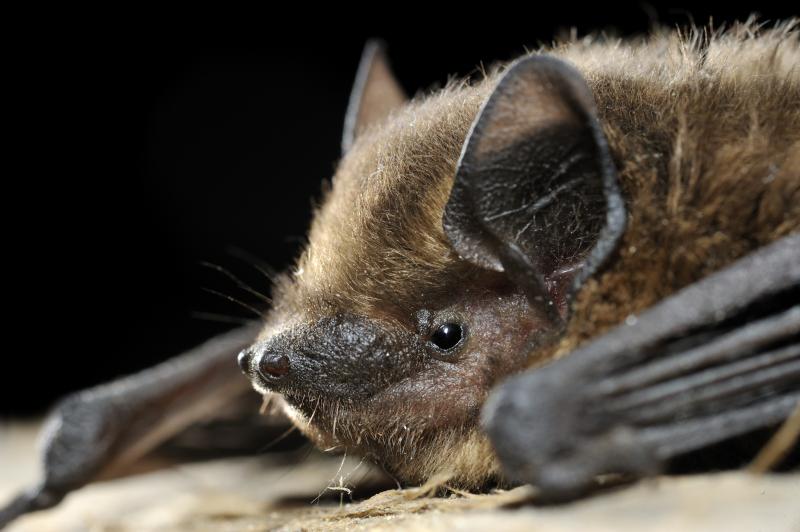
Data & services
Related stories
Relevant news
-
Agouti has a new look! New website and functionalities for improved user experience. 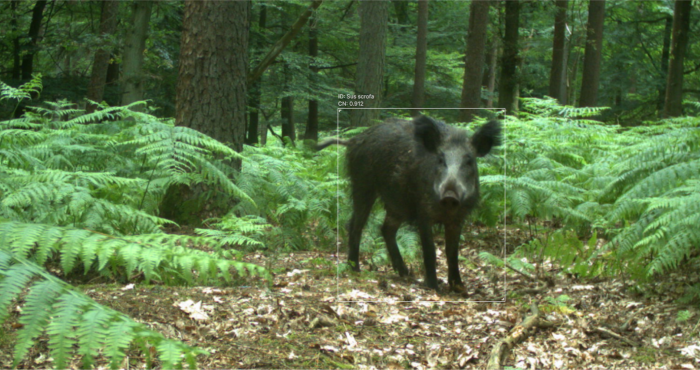
Agouti has a new look! New website and functionalities for improved user experience.
Recently, a new version of Agouti has been released. This time, major improvements have been made to the camera trap platform, based on feedback from the user community -
The LifeWatch ERIC BEeS: abstract book, video recordings and more! 
The LifeWatch ERIC BEeS: abstract book, video recordings and more!
The LifeWatch ERIC family met again, for the first time in four years, at the "BEeS" Biodiversity & Ecosystem eScience Conference. It took place in Seville from 22 - 24 May, on the occasion of the International Day for Biological Diversity. Explore the abstract book, watch the video of the live-streamed round table, and download the presentations! -
Call for Abstracts: The LifeWatch ERIC BEeS Biodiversity & Ecosystem eScience Conference 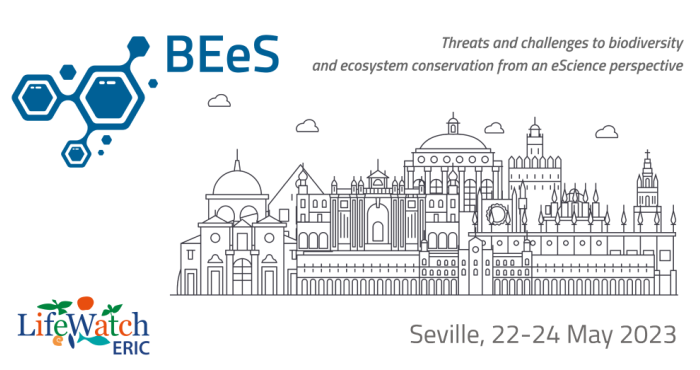
Call for Abstracts: The LifeWatch ERIC BEeS Biodiversity & Ecosystem eScience Conference
Roll up, roll up! Abstracts are now open for the LifeWatch ERIC "BEeS” Biodiversity & Ecosystem eScience Conference “Threats and challenges to biodiversity and ecosystem conservation from an eScience perspective”, which is scheduled to coincide with Biodiversity Day 2023. -
Scientists meet industry at the COST-ETN Annual meeting 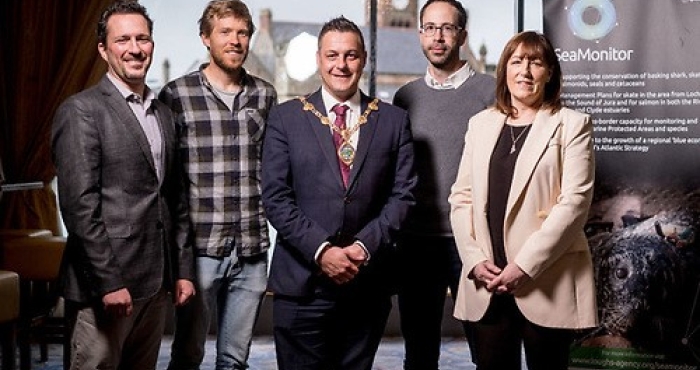
Scientists meet industry at the COST-ETN Annual meeting
The European Tracking Network (ETN) meets the manufacturers supplying acoustic telemetry equipment to discuss the way forward for compatibility in acoustic telemetry.


